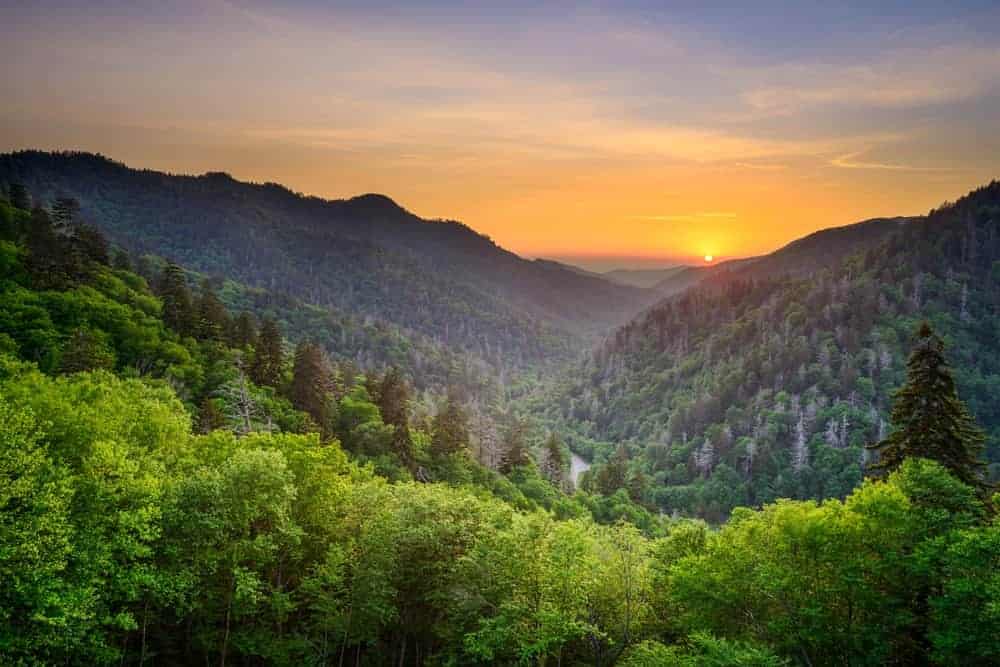
Earthquake Strikes in the Smoky Mountains
Early in the morning on Wednesday, February 26, 2015, a minor earthquake shook up the Smoky Mountains.
For a little over a week, the Smoky Mountains have been covered in snow and ice, but that didn’t stop the earthquake that rumbled in the mountains sometime between 4-4:15 a.m. on Wednesday morning.
The earthquake registered at a 2.1 magnitude about 7 miles south of Gatlinburg, closer to Clingmans Dome.
Any earthquake registered between a 2.0 and 2.9 magnitude is minor. This earthquake in the Smoky Mountains caused no damage to the mountains or any buildings within park boundaries.
According to local news station WATE, this is only the third earthquake that has been recorded within national park boundaries. The first was in 1979 and the second in 2011. Thankfully, no earthquake in the Smoky Mountains has been powerful enough to cause any damage.
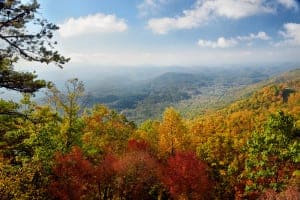
As you may know, most mountains are formed when the Earth’s plates collide, causing the plates to buckle under pressure and form mountains.
According to the National Park Service, most of the rock formations in the national park are sedimentary, meaning they are made up of layers of rocks, sand, clay, gravel and more. In these rocks, researchers have found evidence of the gradual plate shifts.
Over hundreds of thousands, and even millions, of years, the Smoky Mountains have endured erosion due to weather conditions and ice, like glaciers.
(You May Also Like: Do You Know How Glaciers Affected the Great Smoky Mountains?)
When the layers of rock get worn over time, the strongest rock formations become known as the highest peaks in the mountains. So, its safe to say, the rock formation we refer to as Clingmans Dome is one of the strongest peaks in the Great Smoky Mountains National Park.
The National Park Service estimates the mountains are being eroded at approximately 2 inches every 1,000 years.
Rocks from the Smoky Mountains All Over the World
Because the majority of the rocks in the Smoky Mountains are sedimentary, they are subject to simpler forms of erosion, as the layers will slowly wash away over time.
You may have noticed some streams in the Smoky Mountains have an abundance of rock formations. That’s because the higher mountains are very slowly eroding, releasing smaller rock formations that end up in the streams. As the rocks make their way through the streams, they shape and smooth, eventually ending in the Gulf of Mexico.
From the Gulf of Mexico, these rocks from the Smoky Mountains could drift to just about anywhere! Pretty amazing, right?
Thankfully, we weren’t affected by the small earthquake in the Smoky Mountains, so come take a look at all of the rock formations in the national park for yourself! Check out the Pigeon Forge and Gatlinburg cabin rentals and plan to spend at least a day in the national park. You won’t have to hike far to see all of the beautiful rocks and mountains that have been formed over all these years. You don’t want to miss a chance to see the Smokies!
Comments are closed.


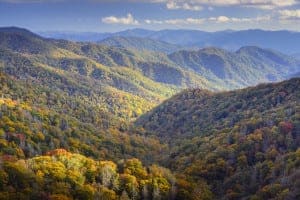
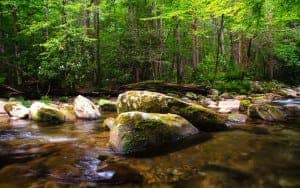
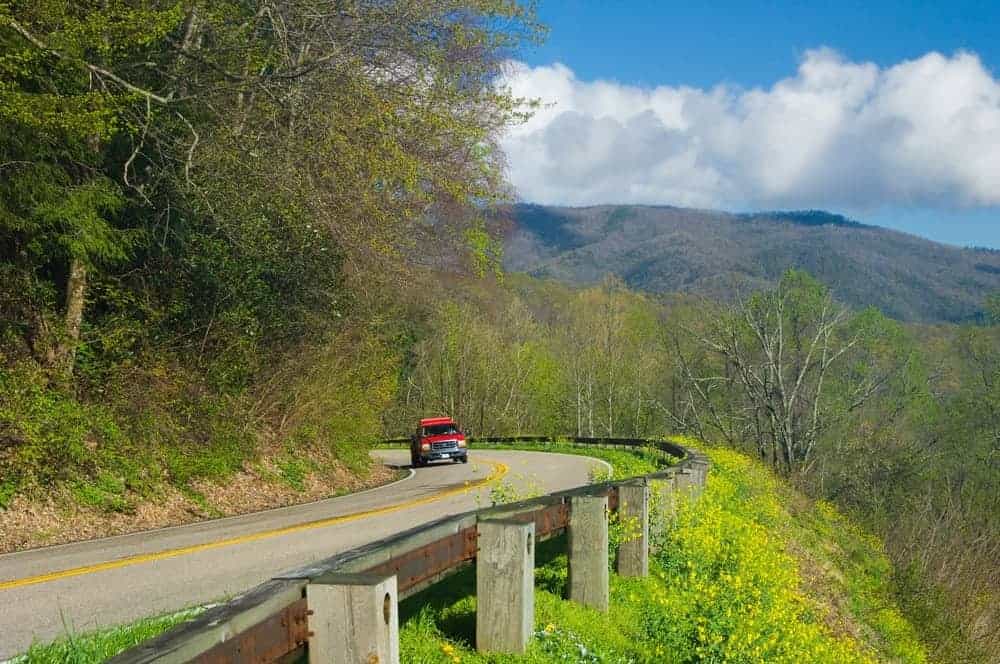
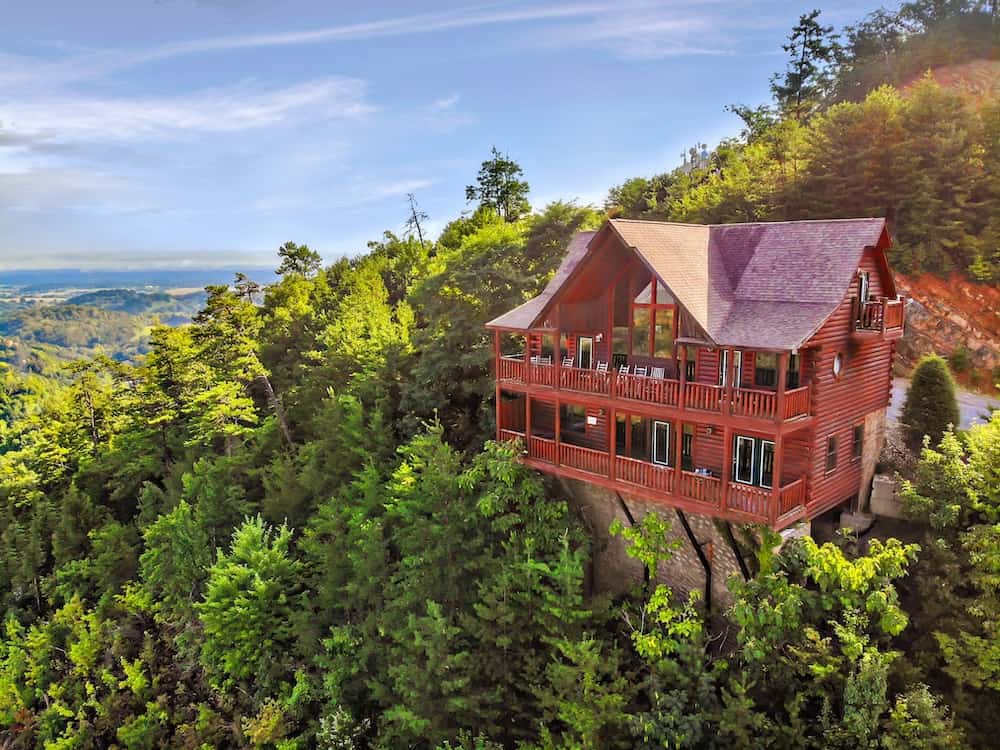
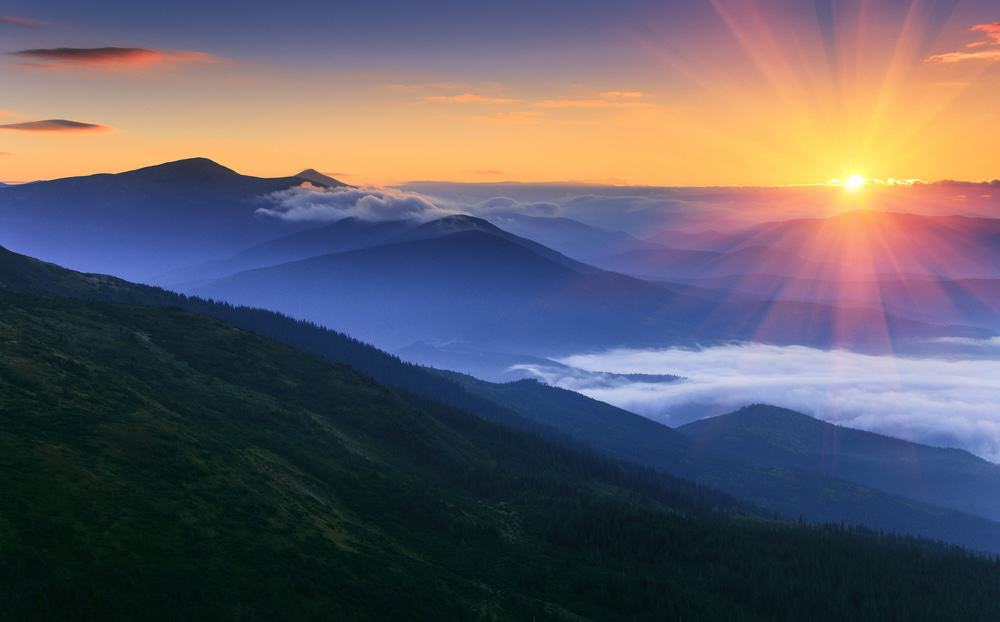
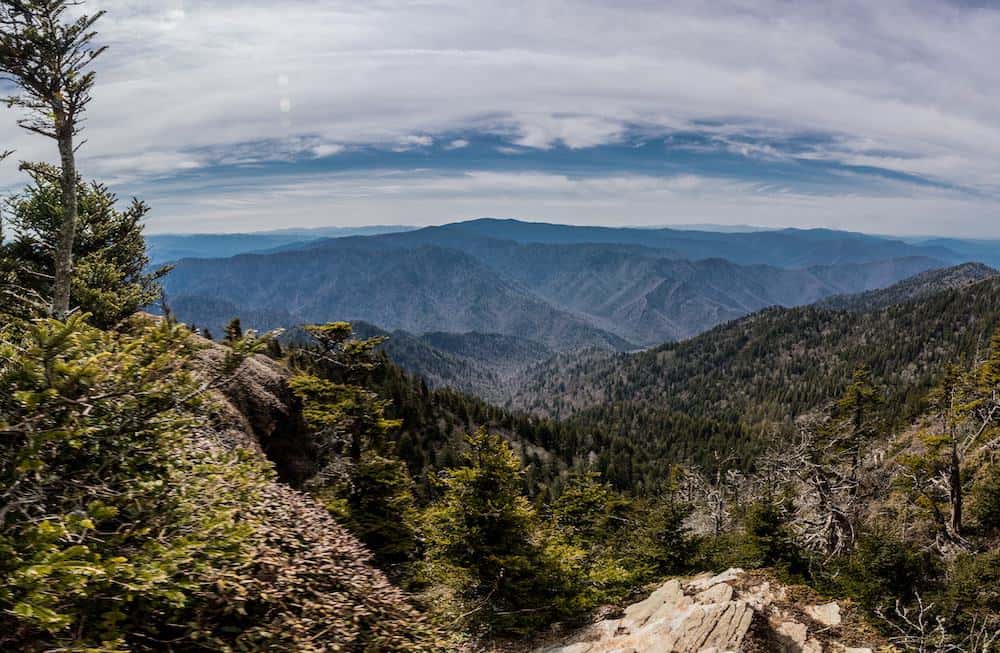
Appalachian Trail
Lightning “strikes”, earthquakes rumble.
March 6, 2015 at 11:56 pm